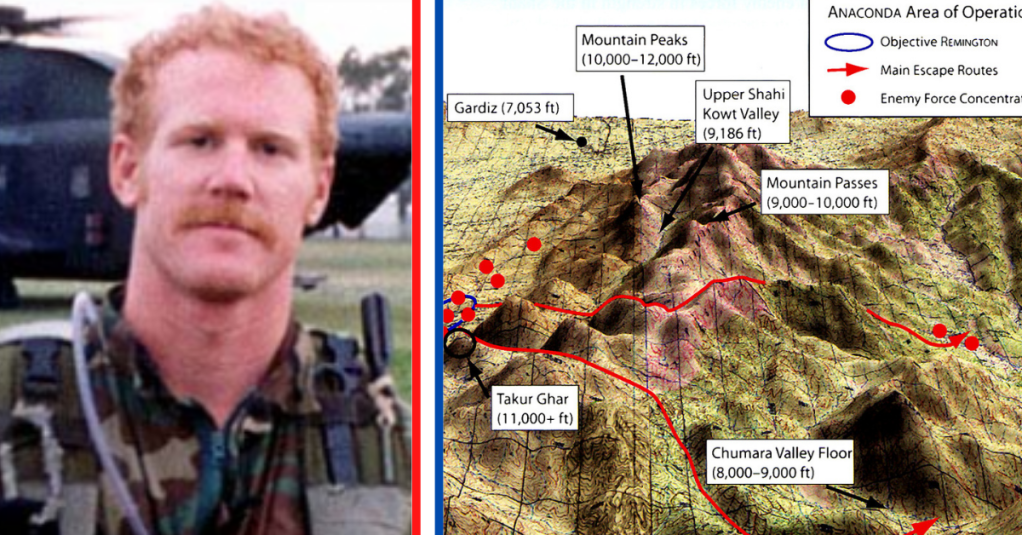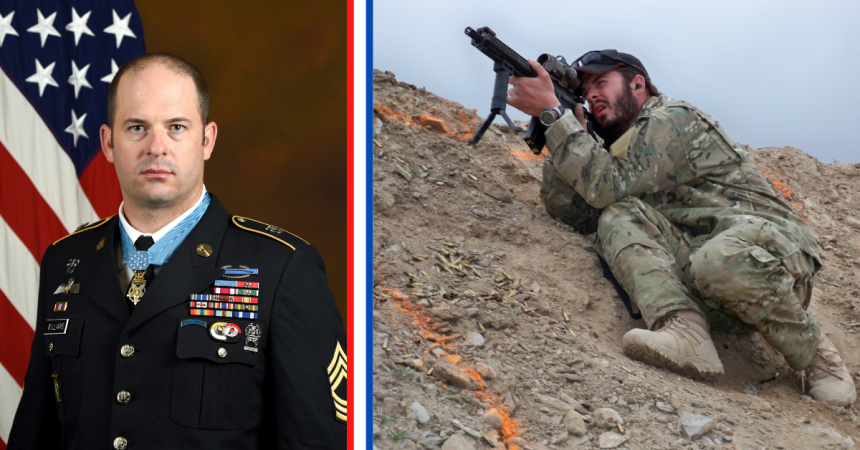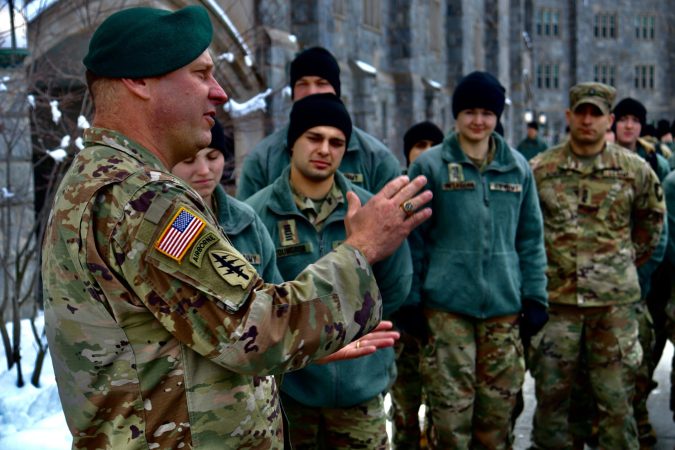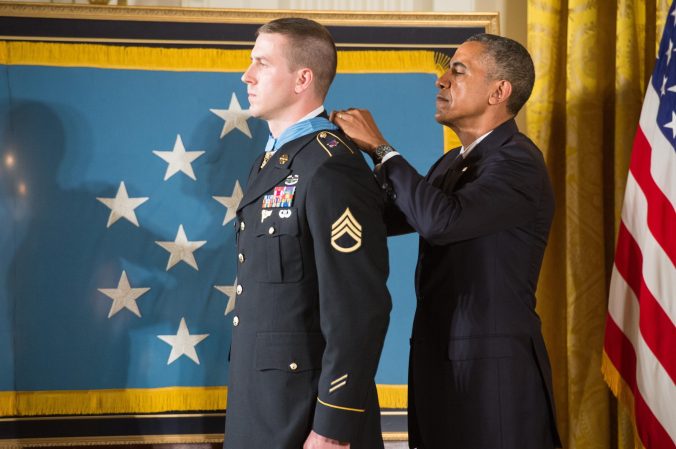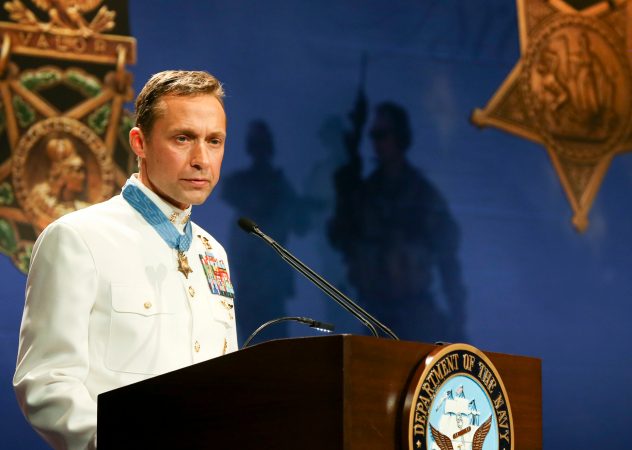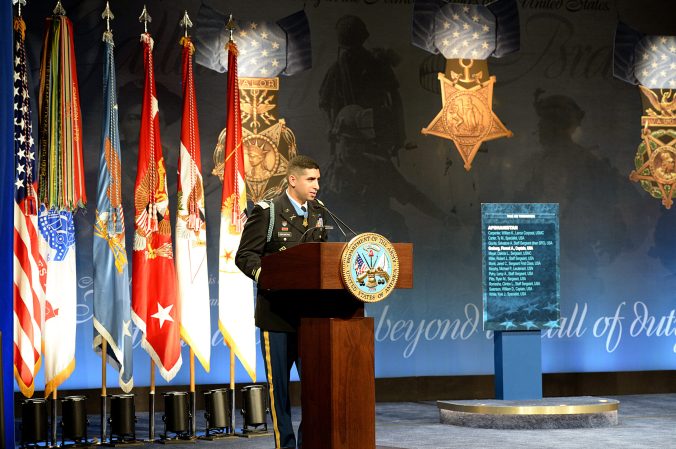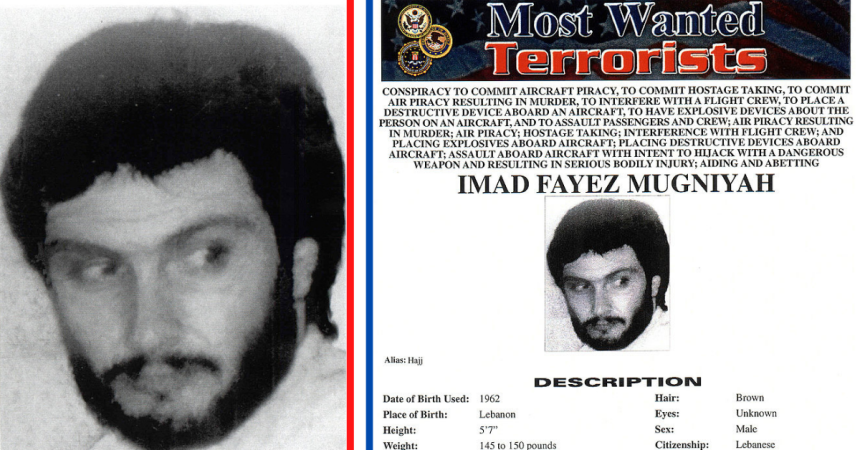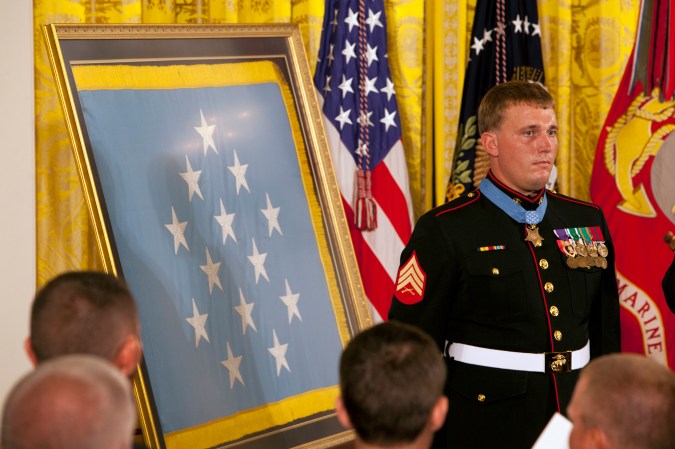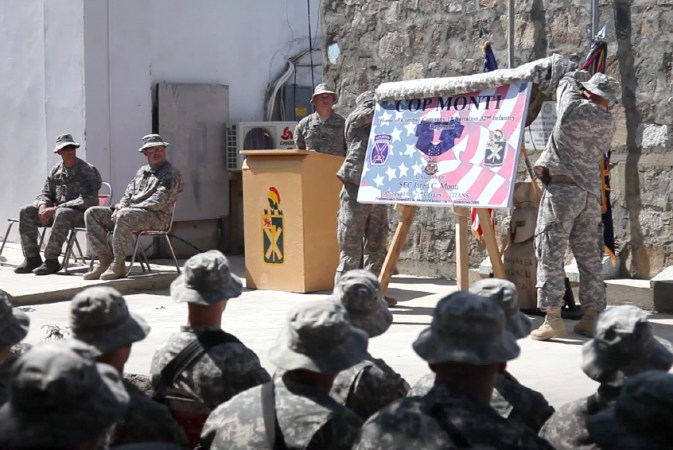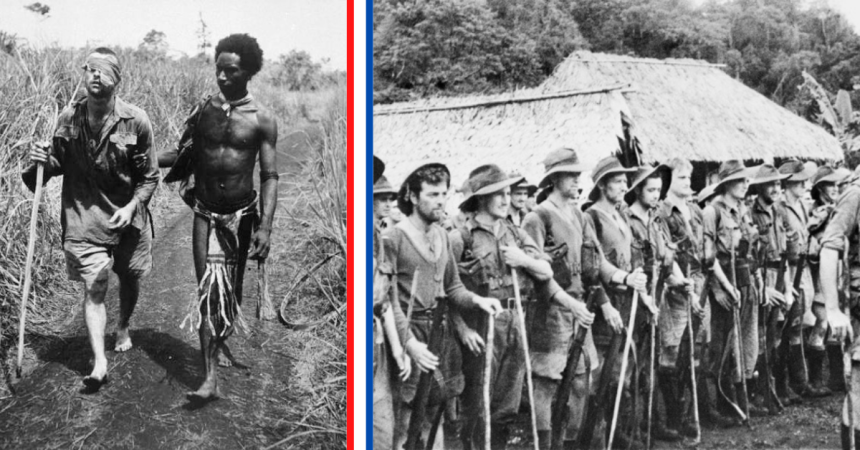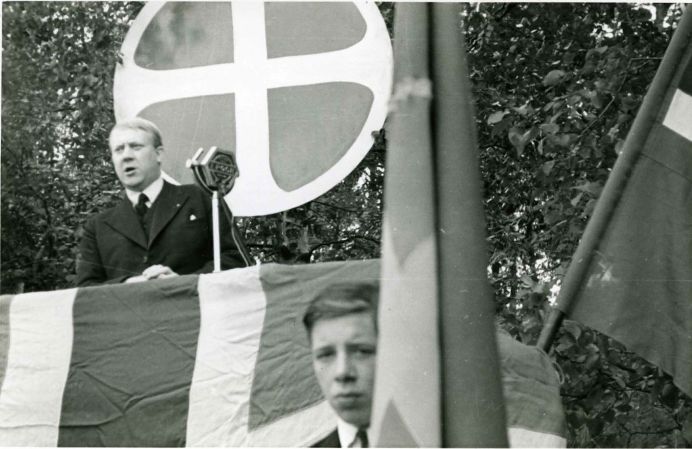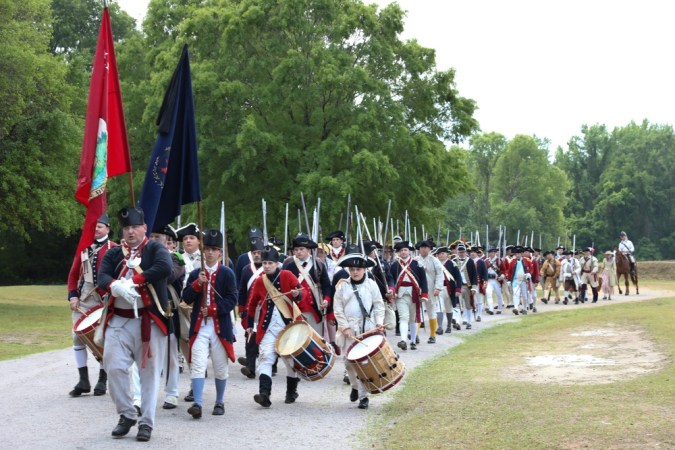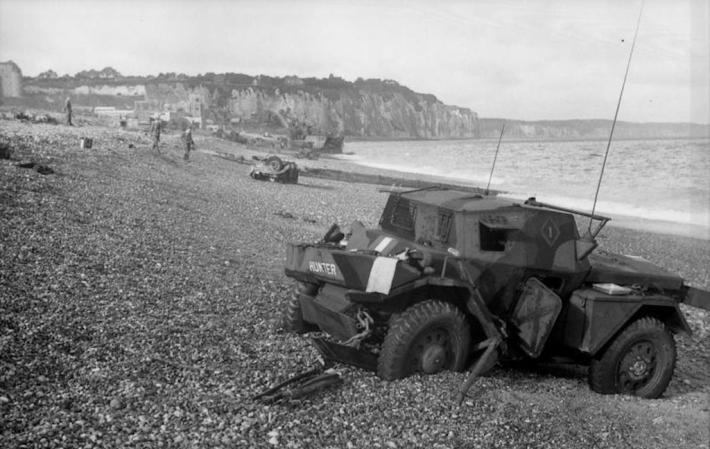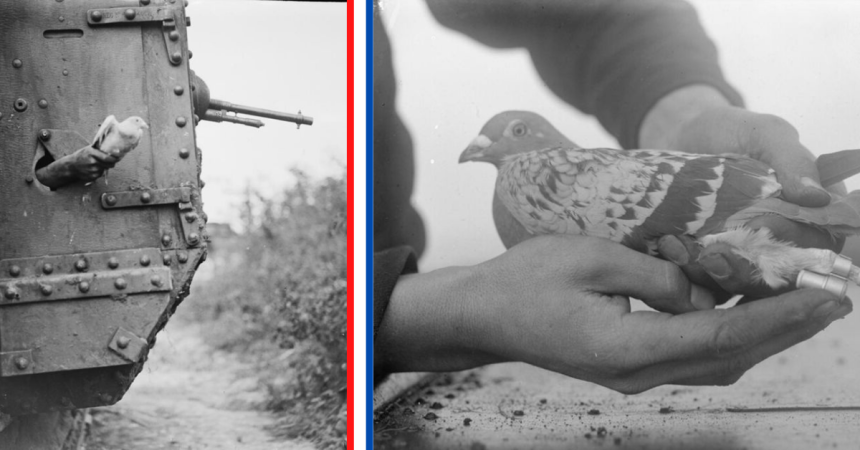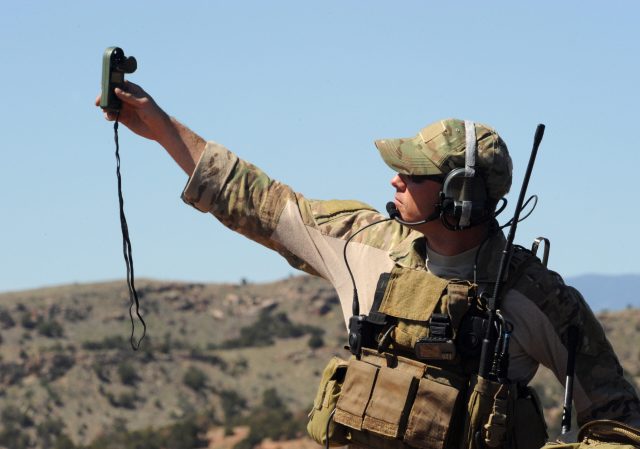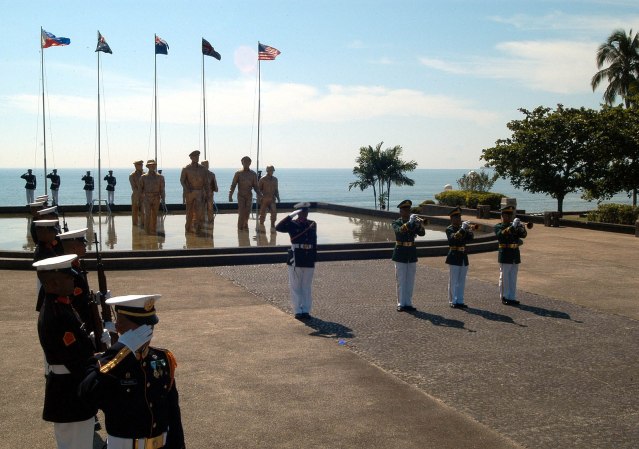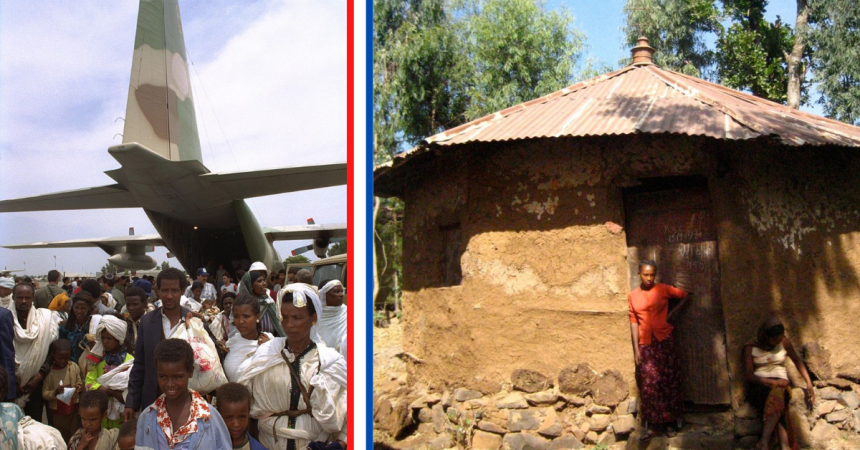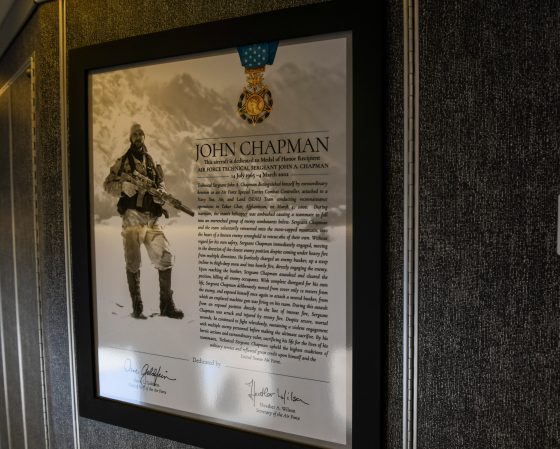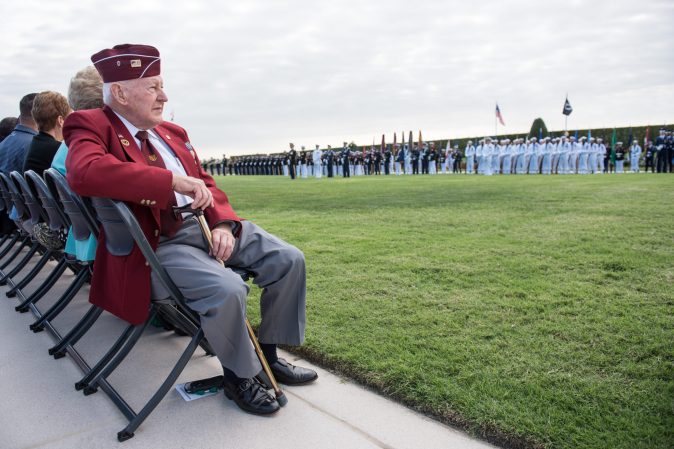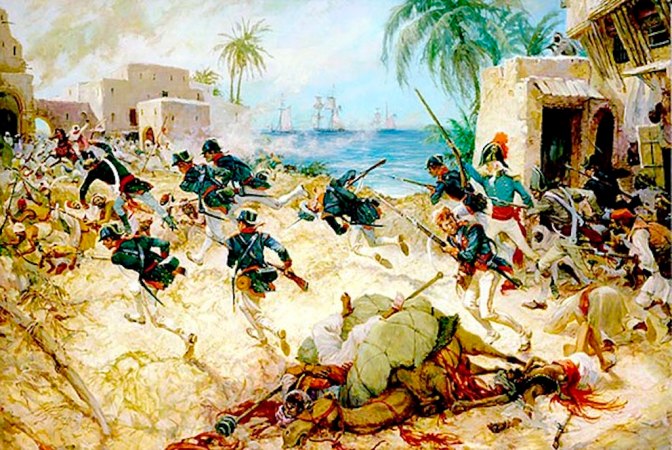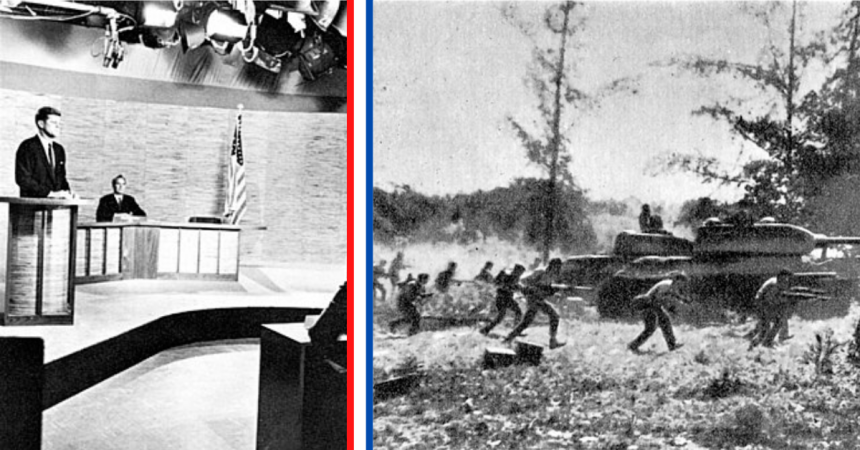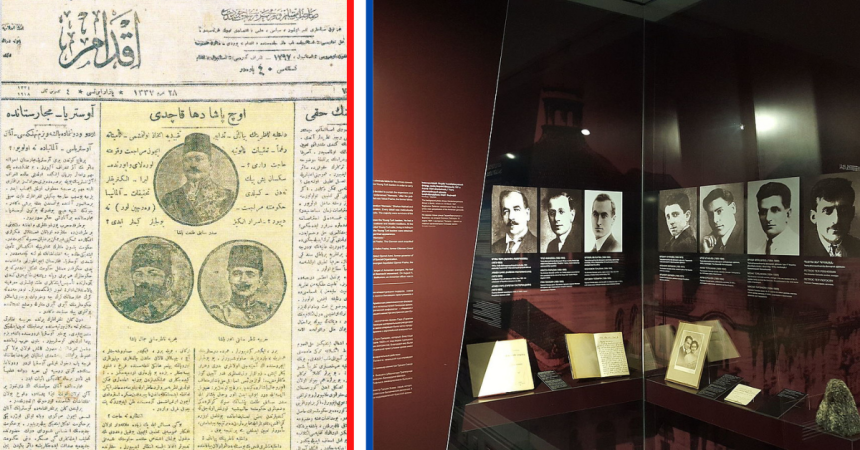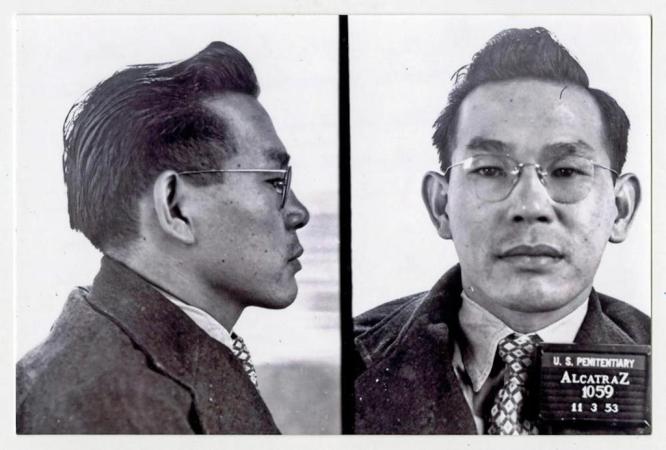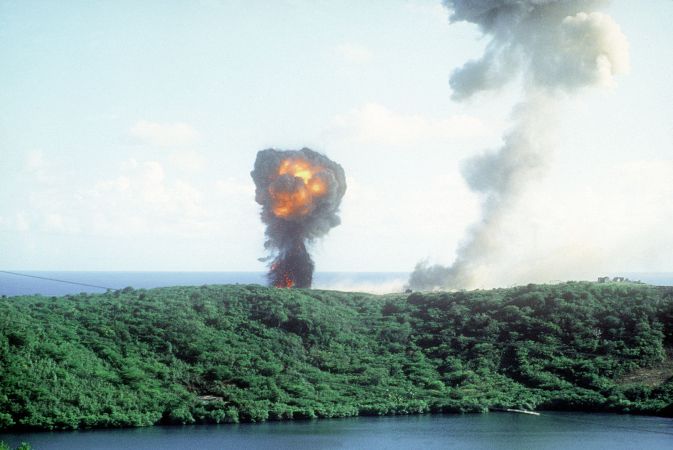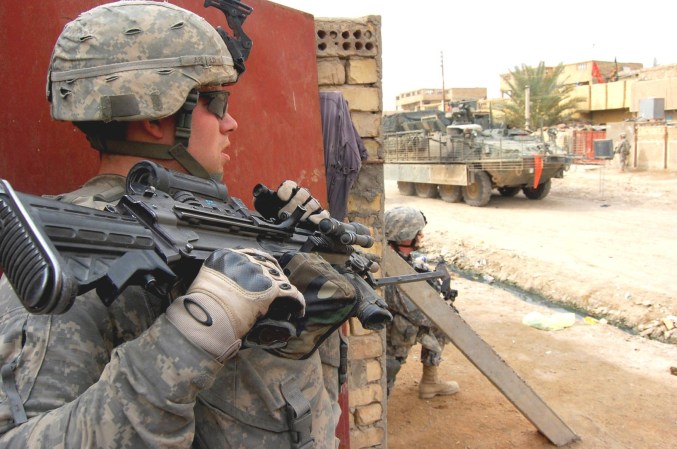The story of Neil Roberts is one of bravery and sacrifice that continues to inspire the SEAL community and honor his memory. In March 2002, Roberts was among a team of Navy SEALs who embarked on a reconnaissance mission on Takur Ghar mountain in eastern Afghanistan.
The Battle of Takur Ghar showcased the dangers and challenges faced by the U.S. military in Afghanistan, and Roberts’ sacrifice remains a testament to the bravery and dedication of those who serve in the Armed Forces.
During the mission, Al Qaeda fighters launched a fierce attack, causing Roberts to fall out of a helicopter and become stranded. Despite being outnumbered and outgunned, Roberts fought back. His efforts helped take out several enemy fighters before he died.
A life lost, but not forgotten
Neil Roberts, a Navy SEAL, was among the group of elite service members who landed on the mountaintop as part of a reconnaissance mission. The operation was designed to support a larger operation, known as Operation Anaconda. Anaconda’s goal was to root out Al Qaeda fighters in the Shah-i-Kot Valley. SEALs knew the mission would be “inherently dangerous” as they prepared to head out.
As the team made their way up the mountain, they encountered heavy enemy fire. The battle quickly turned fierce as American service members found themselves pinned down. Making matters worse, the enemy knew the area well and had several entrenched footholds.
As daylight approached on March 4, a quick reaction force (QRF) of Army Rangers and additional SEALs arrived. Shortly after their arrival, an enemy mortar round struck the CH-47 helicopter as it was hovering over the peak. The helicopter crash-landed at the base of the mountain, killing all on board. The battle continued until later in the afternoon of March 4. That’s when the surviving members of the team were finally extracted.
During the chaos, Neil Roberts fell out of a helicopter and was stranded on the mountaintop. The rest of the team was forced to withdraw, leaving Roberts behind.
Roberts fought valiantly against overwhelming odds, killing several enemy fighters before being overrun and killed. The circumstances of his death and the decision to leave him behind have been the subject of much controversy and investigation.
Tactical Errors
An investigation into the incident concluded that Roberts’ death was the result of a “tactical error” and “command failure.” As a result of the investigation, the Special Operations community made changes to how they planned and executed missions. The events at Takur Ghar served as a wake-up call, prompting the community to incorporate the lessons learned into their training programs.
A primary tactical error was the decision to insert U.S. forces by helicopter onto the high ground of Takur Ghar, which was dominated by Al Qaeda fighters. Due to the mountainous terrain and enemy presence, the helicopter insertions put the American soldiers at a significant disadvantage, leading to immediate enemy contact upon landing.
Another critical error was the lack of contingency planning for the mission. As the U.S. forces encountered heavy resistance, there was no alternative plan to react to the unexpected intensity of the enemy’s defense. This lack of planning left the U.S. forces vulnerable and pinned down by enemy fire.
The command failure that contributed to the tragedy was the decision to leave behind Neil Roberts, who had fallen out of the helicopter during insertion. This decision was made in haste, without sufficient consideration for rescue options. The delay in launching a rescue mission for Roberts allowed enemy forces to surround and eventually kill him.
Rescue Missions
In an effort to save Roberts, two additional missions took place. The first team to return to Takur Ghar consisted of US Air Force Combat Controllers (CCT) and Pararescuemen (PJ) aboard an MH-47 Chinook. The team immediately came under fire upon arrival, resulting in the deaths of Air Force Tech. Sgt. John A. Chapman and Navy SEAL Senior Chief Petty Officer Britt K. Slabinski.
Then a team of Army Rangers, Air Force CCT, and PJs aboard two MH-47 Chinooks tried to save him. However, the air team was forced to land when it came under heavy enemy fire. The ensuing firefight resulted in the loss of life of three Army Rangers, all who died sacrificing themselves for others. The fallen include Spc. Marc A. Anderson, Sgt. Bradley S. Crose, and Cpl. Matthew A. Commons. They also lost one Afghan soldier fighting alongside the U.S. forces.

Lasting Impact
Neil Roberts’ death had a profound impact on his family and loved ones. He left behind a wife, a young daughter and a son who was born three months after his death. His widow has repeatedly said she has struggled to come to terms with the loss of her husband. She recalled feeling a sense of pride in his service and sacrifice, but also anger at the circumstances that led to his death.
Roberts’ death also had a significant impact on the SEAL community. He was the first SEAL killed in the Afghanistan War, and his death highlighted the dangers and challenges that the special operations community faced in the conflict.
Since his death, fellow SEALs have continued to honor his memory. A reunion was held in 2021 and the SEAL community has established a scholarship in his name to support the education of children of fallen SEALs.
Impact on the Afghanistan War and U.S. Foreign Policy
The Battle of Takur Ghar marked a turning point in the Afghanistan War. It showcased the challenges that U.S. forces faced in fighting a well-entrenched enemy in difficult terrain. The battle influenced U.S. foreign policy and military strategy, leading to a more aggressive approach in the conflict. The United States increased its efforts to pursue and eliminate Al Qaeda and the Taliban, in order to stabilize the region and prevent future attacks.
This battle remains a defining moment in the history of the Afghanistan War. The Battle of Takur Ghar was a tragic event, but it was also a testament to the bravery of service members like Neil Roberts.


